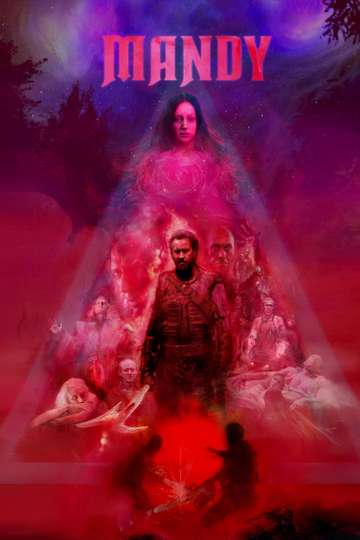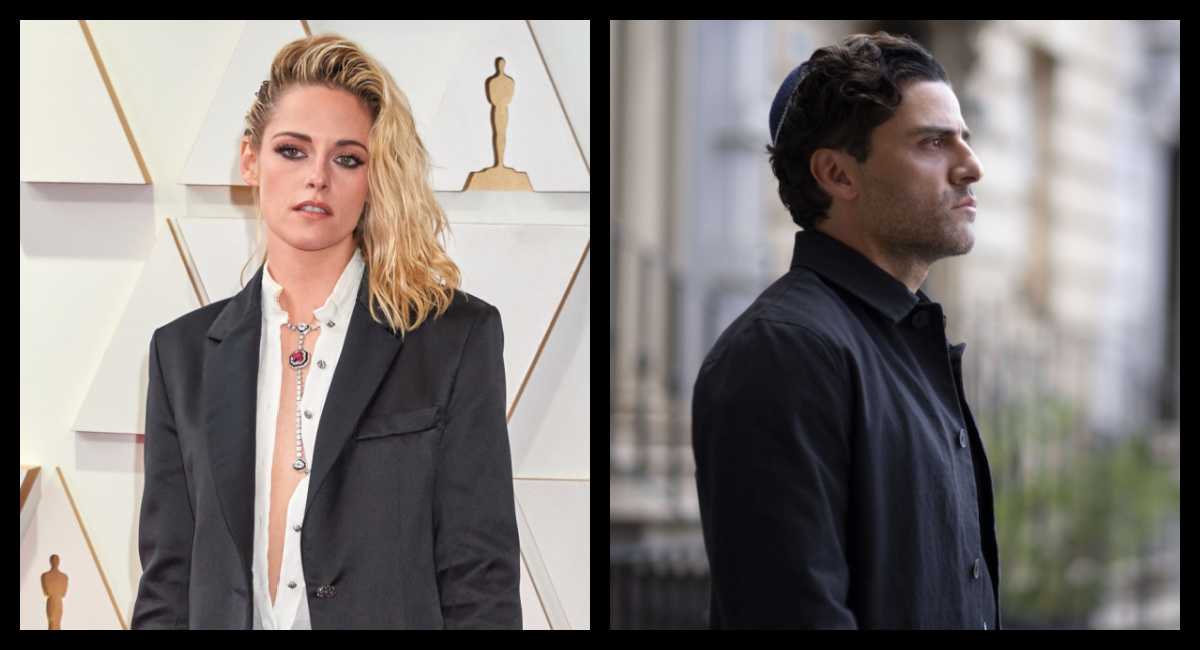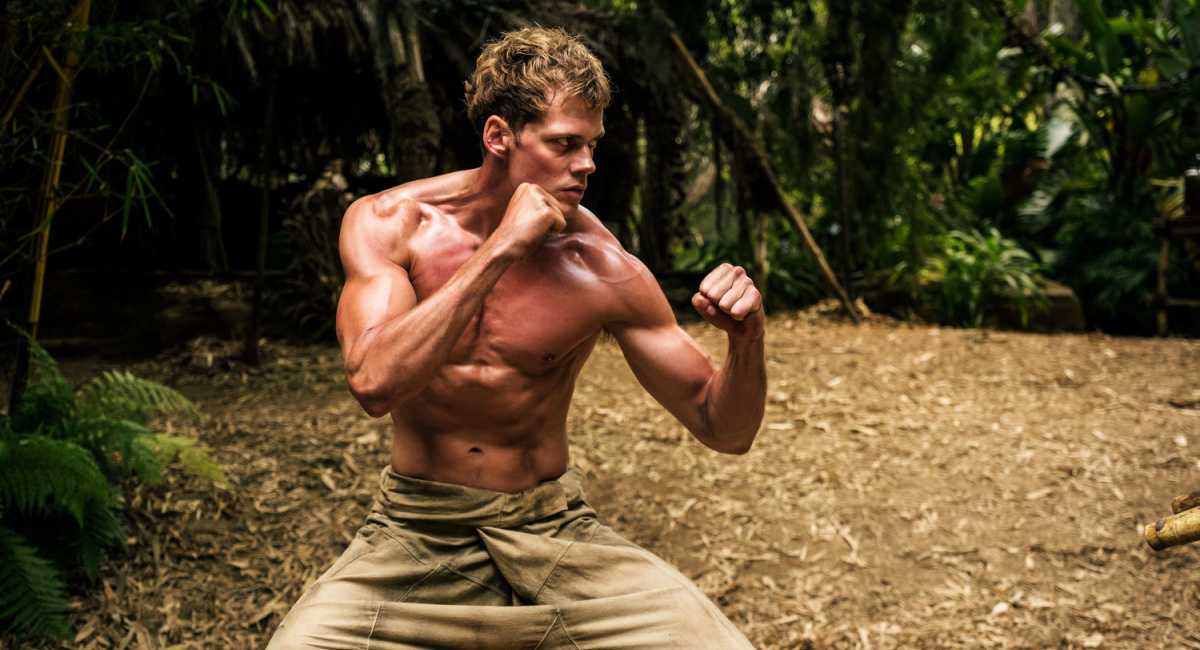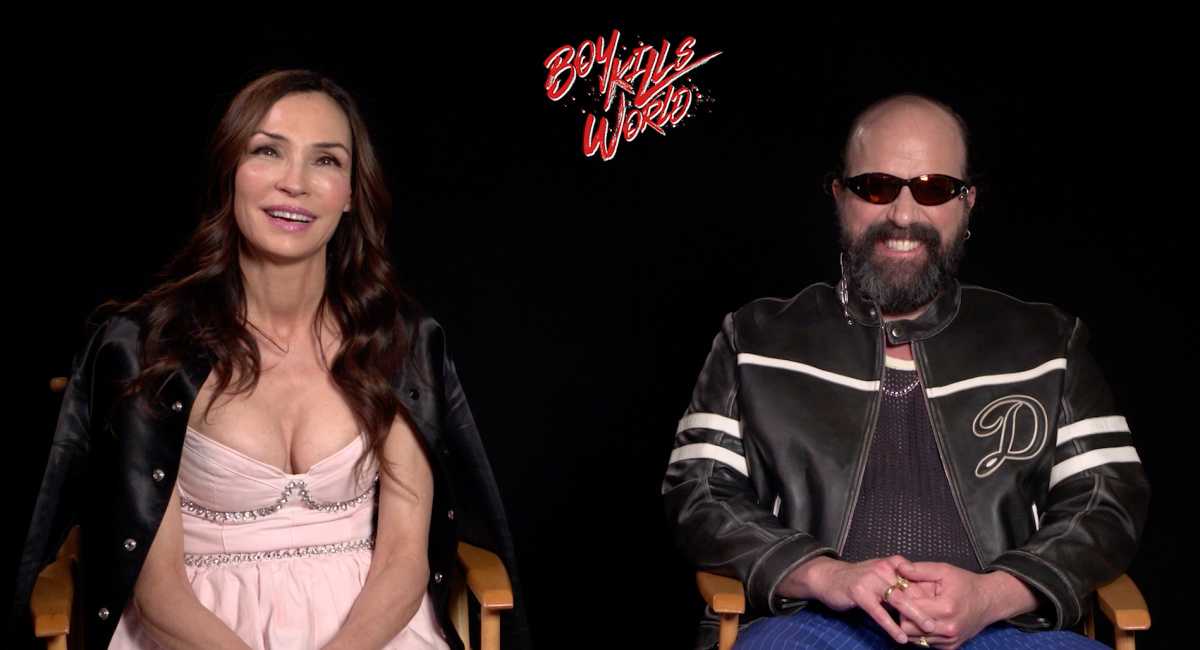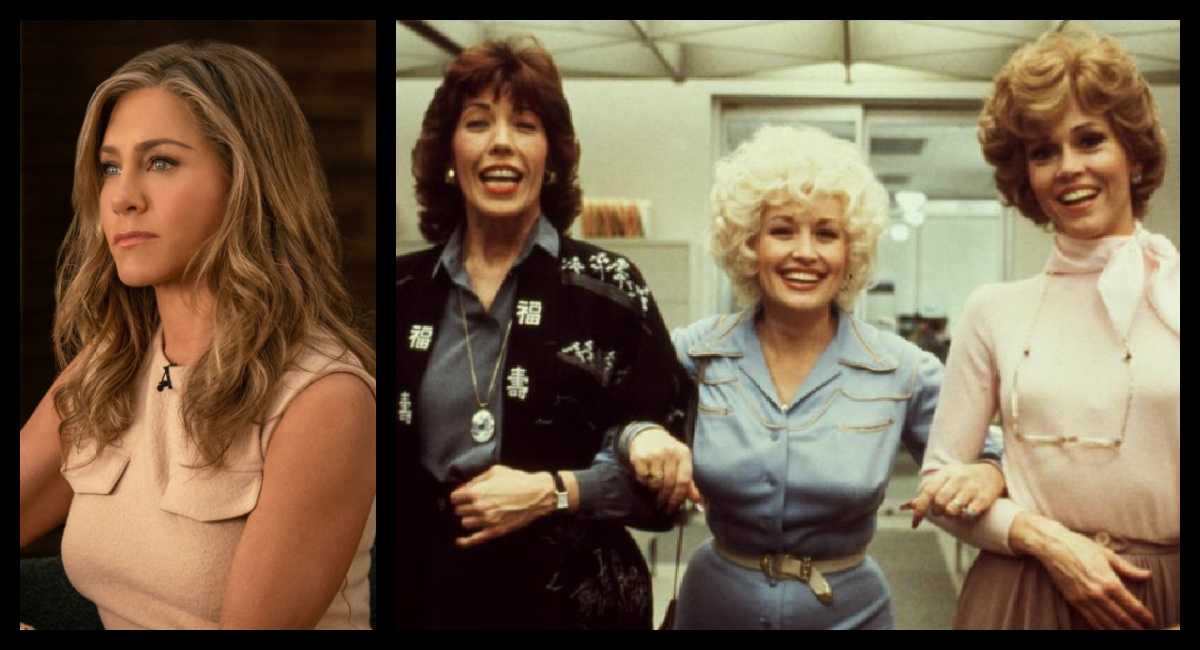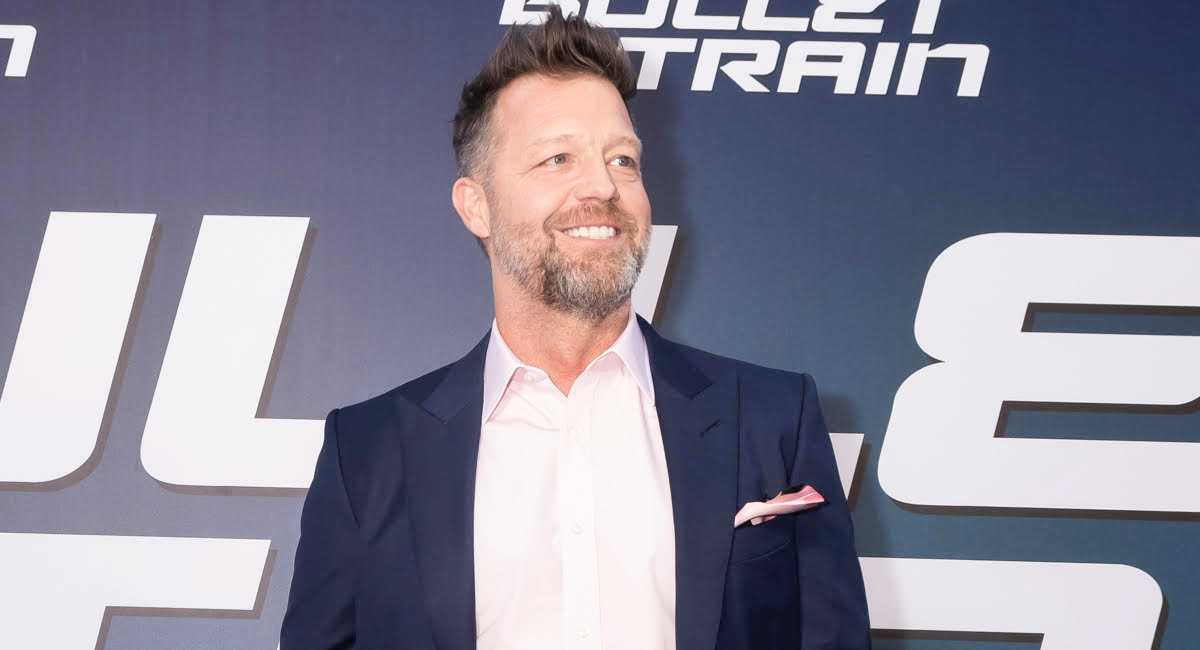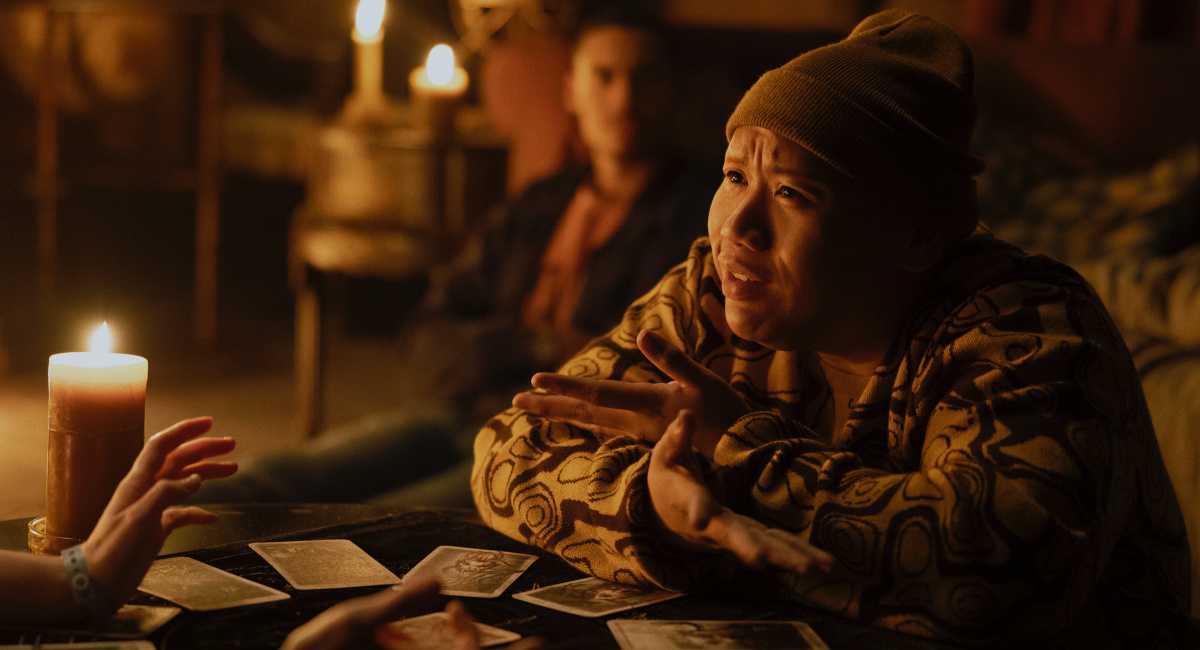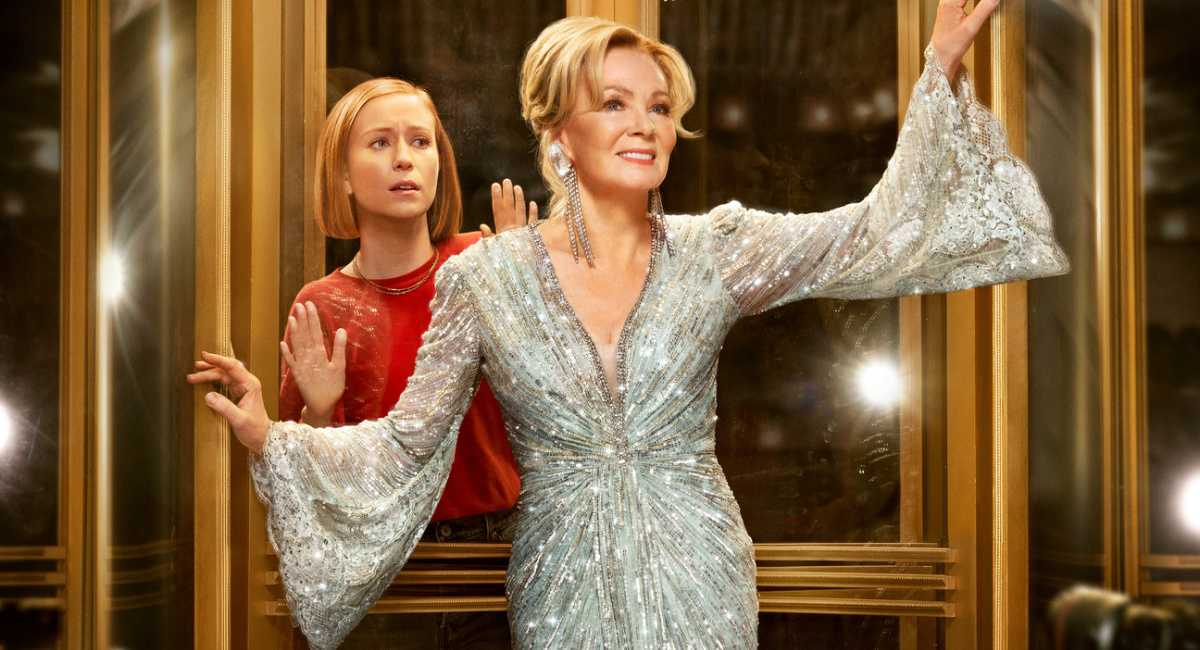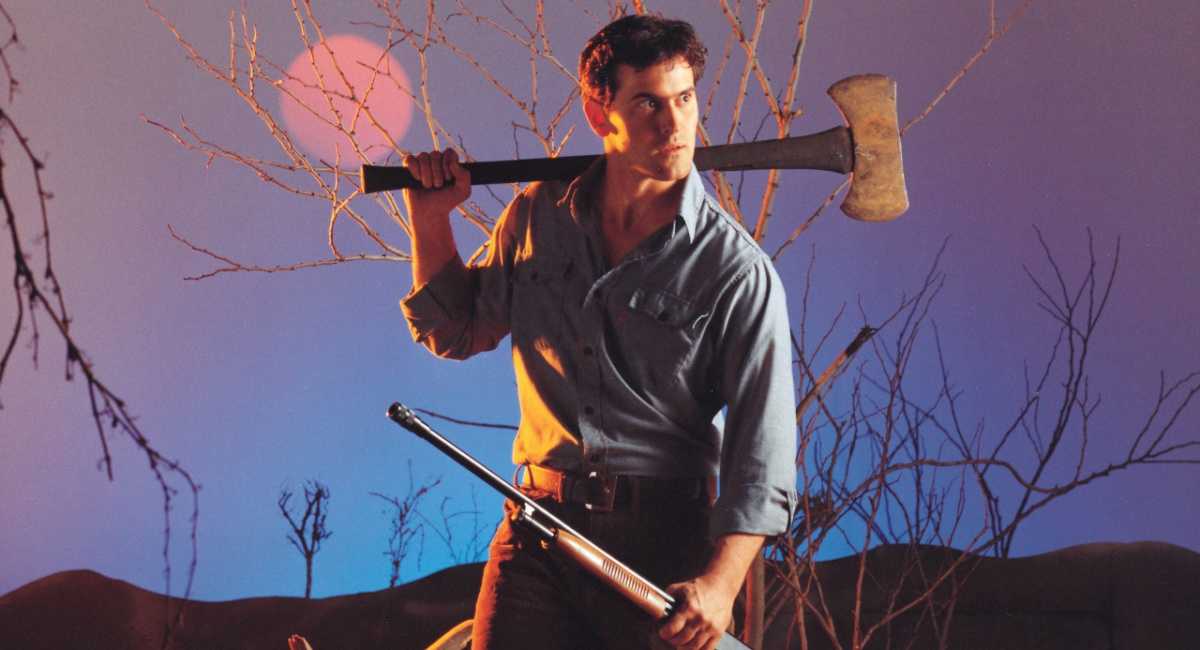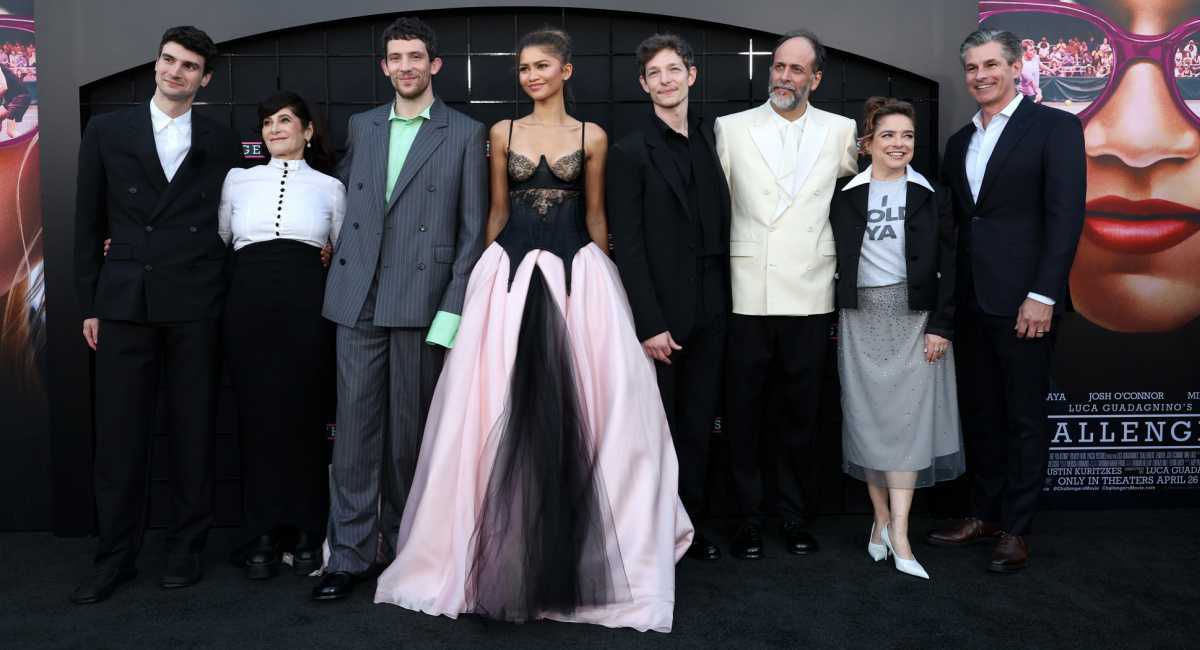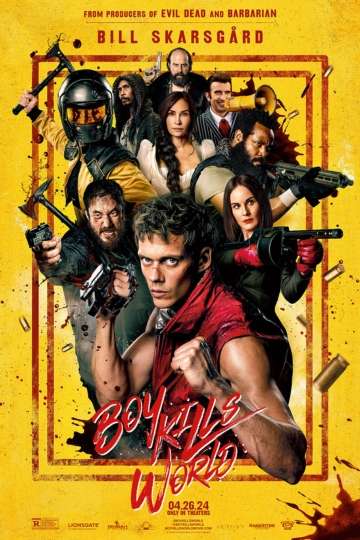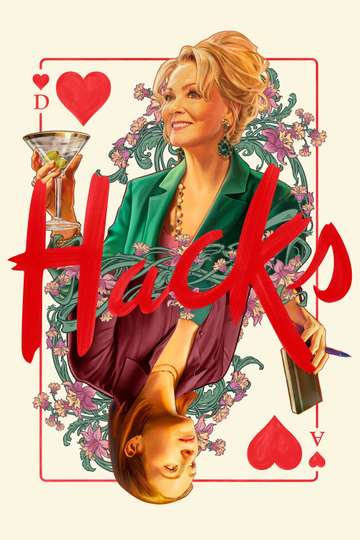'Mandy' Star Nicolas Cage on Being Inspired by Tom Selleck
Nicolas Cage is an actor who is known for making unapologetically bold decisions. And his new movie, "Mandy," is one of his boldest moves yet.
In the Panos Cosmatos-directed film, Cage plays Red Miller, a lumberjack living in the Pacific Northwest in 1983. It's here that he lives in harmony with his hippie girlfriend Mandy (Andrea Riseborough), surrounded by towering trees and babbling brooks. That is, until Mandy runs afoul of Jeremiah Sand (Linus Roache), a folk musician-turned-cult leader who commands a army of oily biker demons.
Sand takes everything from Red, including his beloved Mandy, which starts Red on a bloody quest for revenge. (Seriously, this isn't for the squeamish.)
What follows is one of the year's very best movies, at turns elliptical and gore-soaked. And what's more, "Mandy" features one of the very best Cage performances, full of pathos and emotion and raw brutality. So you can imagine how thrilled we were to talk to Cage about all things "Mandy" -- why he turned down the Sand role, what it took for him to reach that emotional peak, and how he was inspired by Tom Selleck's performance in robot-filled midnight movie "Runaway." Yes, really.
Moviefone: You were initially offered the role of the villain but turned that down. What was your thought process like?
Cage: Well, I usually work from the imagination. I'm not a method actor anymore. But I felt that I had the life experience, if you will, not that I've been in chainsaw fights or had to get murderous with anyone. But I went through some loss. I was still upset about the failure of my most recent marriage and still haven't really recovered from my father passing on and it's been many years. I needed to find an outlet to put all those emotions in.
When I read the "Mandy" script, Red really came to me as a character I could put all those emotions in and play authentically and organically. Whereas Jeremiah Sand was not someone … I just didn't want to go there. I didn't feel like I had the outlet for it. I think Linus is fantastic in the movie. I'm glad it worked out the way it did.
What initially hooked you about this world, which I am assuming was in the script.
It was. I think it's because I had seen "Beyond the Black Rainbow" and I had met Panos. And having met Panos, he would talk about his childhood and enjoying the observation of his action figures melting in the sun. I could tell I was in the presence of someone who was a total artist. I was excited at the prospect of doing something with him and collaborating with him. I knew he was going to create a world that was going to be profoundly original and unto himself, and I wanted to walk in that world.
How did he describe this movie to you?
When I first met Panos at the Intercontinental in Vancouver, and we sat down on the wharf and had tea together, I was looking like father time. I had long white hair and a long white beard. I was doing "Army of One." I said I wanted to play Red, and he said: "Well, I want you to play Jeremiah Sand. I see him as the California Klaus Kinski." And I said, "Well, I am the California Klaus Kinski, but I want to play Red." And he said, "Well, this is a movie about age versus youth." At that point, like I said, I was in full Gandalf mode so it really didn't add up. But that was about the most in-depth I got in terms of what the film was about.
A year later, he came and presented the idea that I could play Red and we got in step and started collaborating and texting and sharing thoughts and ideas and influences. I began to really sense that I was going to go on an adventure with Panos and an adventure where he's steering the ship.
He and I talked about the difference in the fighting style and how Red Miller, once he drinks the skull juice -- which is like a supernatural hallucinogen -- my fighting style transforms to what Panos described as "Jason-esque." Which I thought of as like the old Gollum, the ancient Jewish statue that would come to life and perform the sorcerer's will, like a statue that was being guided by Mandy from another dimension to get vengeance. Not the Gollum in the "Lord of the Rings" trilogy.
There's an amazing sequence where you break down in the bathroom. What did it take, emotionally and technically, to accomplish that scene?
It's kind of hard to talk about where I go in terms of trying to access the inner worlds with which to be able to pull up and conjure up the emotions to portray and express to meet the requirements of that scene. But I can say that I wanted to be as completely emotionally naked as possible, which can make people uncomfortable in an audience, when you're going that close to the edge of what is true grief. When I first saw the picture in Sundance, I could hear people laughing because I don't think people knew what to do with it. It was two minutes of grief and anger. But I knew that when Panos was ready for action, we were going to get there and be ready to roll.
I was psyching up and, again, it's such a mysterious and dare I say almost spiritual, imaginary place I have to bring, from the well, the emotions, so that it lands in a truthful way. I wouldn't know where to begin to describe that process.
Did you have to do that scene a bunch of times?
No. One of the very beautiful things about working with Panos is he knows when he's got it and he knew when he had it with that. And he knew when he had it when I visit Bill Duke to get the Reaper and I say, "They lit her on fire." That was one take. He knows. He's almost Kubrickian in that way. If he has it, he has it. If not, we keep going.
I'm pretty good with my first two takes. I prepare a lot. I get myself close to where I need to be, but don't leave it in the locker room. And when it's time for action, here we go!
Is it fun being a part of a movie that has so much mystery inherently built into it?
Oh, absolutely. I'm thrilled about it. I love movies that inspire dinner table conversation, which is why I've mostly been drawn to controversial pictures. I like movies that stimulate talk and question marks. Paul Schrader once told me to play characters that have more questions than answers, because then you'll have a longer shelf life. He told me to stop being obvious with my choices, to be more mysterious. Stop throwing pearls before swine.
Did Panos describe more of the world to you in detail, like where the bikers came from, or did you go with what was on the page?
It was more going with what was on the page, but it was also having conversations about movies that influence both of us and listening to him and looking at some of the pictures that inspired him. He's remarkably not snobbish about what he takes in. He's willing to find something in everything, really, in terms of cinema, and I like that about him. I'm not genre biased, either. And we would film and the weekend would come, and I would download on Amazon Prime some of the movies he suggest I look at. One of them was one of the "Friday the 13th" movies that had a Jason performance he really liked. But since I am not genre biased, I took it all in.
What were some of the other movies that he touched on?
Well, we talked about different performances. We talked about Martin Sheen in "Believers." We talked about "Runaway" with Tom Selleck.
Really?
Yeah! I had never seen "Runaway" before, but Selleck is really good in that. It was just nice to listen to Panos. And we still keep in touch. I'll send him Japanese movies that I've seen and he'll send back recommendations for movies I should watch. It's been great that this is a friendship that has carried on.
Do you think you'll work together again?
Well, I certainly hope so. He doesn't make very many movies. Maybe once every eight years. Hopefully, I'll be healthy enough. [laughs]
"Mandy" is in select cinemas and in VOD today. See it. You won't regret it.
